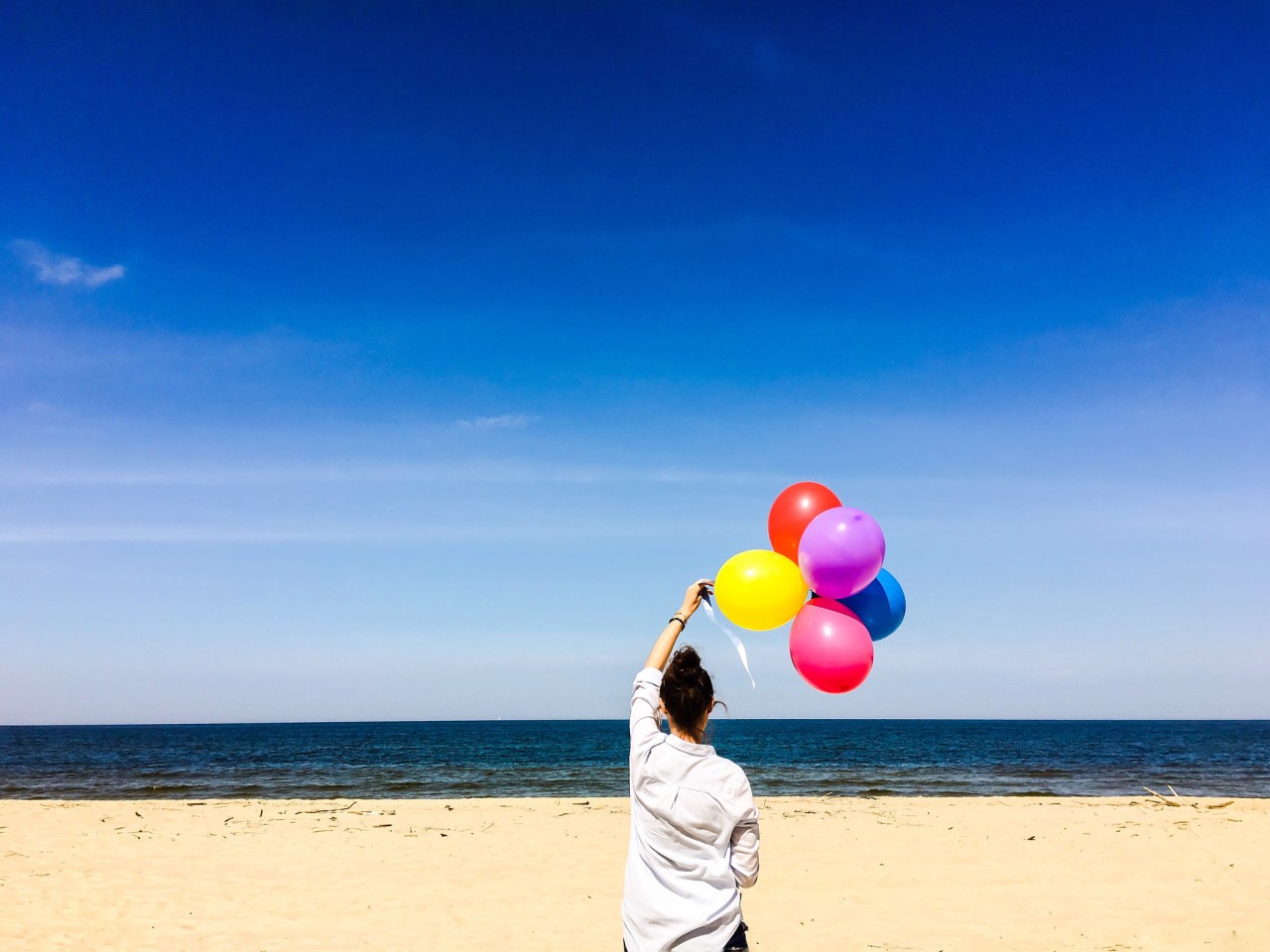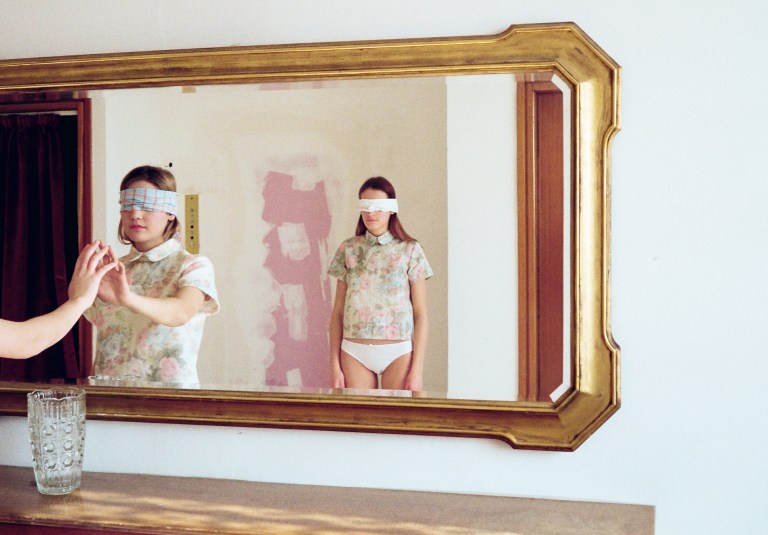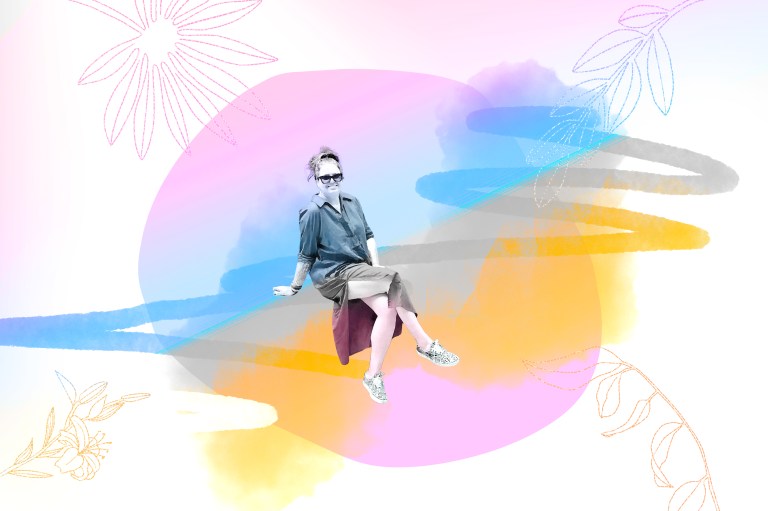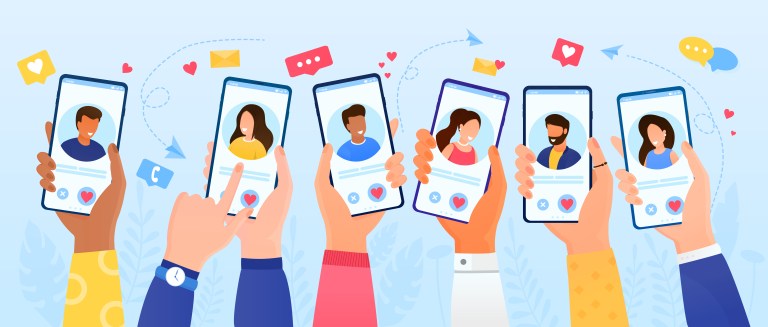The Uncomfortable Truth About Discovering Your Sexuality In Your Late Twenties
Bisexuality, even today, is still somehow frowned up. And I, for the majority of my twenties, was one of the people doing the frowning.
“The only thing I’m 100% certain of in life is my heterosexuality.”
That was my mantra. My catchphrase. The thing I told people to put on my tombstone. It was what I boldly stated whenever someone asked me if I wanted to try something in bed, and it was what I said while shrugging off giving a guy I was seeing permission to have sex with other women, only to clearly let him know that I would not be participating.
I was proudly the “Samantha” of my group of friends. Basically if you needed sex advice, I was your go-to woman. You wanted to know about swallowing, I would teach you how to with a shot of tonic water. You wanted to hear about sex toys, I would pull up Adam and Eve on my phone and go through each page in detail with reviews. You wanted to know about masturbation, I was there for you with both manual and vibrator suggestions. If there was something you were wondering about it was basically a given that I had seen it, done it, tasted it, mounted it, reviewed it, thought about it, watched it, vetoed it, or at the very least, tried it.
But when it came to sleeping with women, I would verbally and affirmatively state my “no thank yous.”
“I had sex with a girl when I was really young and it was honestly just awkward.”
“Kissing girls is fun and all, but I’m not into the idea of doing anything else.”
“The only thing I’m 100% certain of in life is my heterosexuality.”
But only one of those statements was actually true.
Because while I marched around proclaiming that I just LOVED men (I do) and couldn’t possibly imagine myself with a woman due to a drunken/sloppy encounter at 17, continued to definitively state that I was 100% straight, the only thing that was 100% was my own questioning that centered predominantly around my own sexuality.
Shaming bisexuals is not new.
“It’s just phase.”
“She’s doing it for attention.”
“It’s a layover on the way to Gay-Town.”
I will be the first to admit that in the past I have said all of the above and more. I have. A bisexual woman sat in on a panel for one of my Human Sexuality courses in college and I rolled my eyes as she gave out everything from flirting techniques to talking about how she considers herself hypersexual and used a fake business card that said, “My favorite number is 3 so have sex with me!!” to pick people up at bars. I chalked her up to another girl who just loved making out with her friends to get attention from guys, and wrote her off.
Bisexuality, even today, is still somehow frowned up.
And I, for the majority of my twenties, was one of the people doing the frowning.
I just wasn’t willing to admit that there was a possibility of being attracted to multiple genders. It’s greedy, it’s selfish, it’s for people who don’t want to pick a side. It’s a tactic that people use to soften the blow of coming out before just going full blown Kinsey six gay. It’s something girls use to look cool and guys use to look “straighter” than they actually are.
I full-on bisexual shamed. And I’m not proud of it.
But (drumrolllllll *shocker*) the main reason I was not willing to admit it was real, was because I was experiencing it myself and couldn’t find a comfortable place to stand with that identity.
Because while I was marching around, waving my “100% Certain Of My Heterosexuality” flag, I was harboring some crazy feelings about women and people who identified as agender.
One of my childhood best friends, a college roommate, girls I was in dance shows with, people I saw at festivals, women I saw at comedy shows, people on panels at conventions, celebrities, even just random girls at bars. The feelings I was experiencing were less, “I want to know where she got her top and go to brunch” and more, “I wonder what she’d be like to wake up next to.”
But I didn’t believe in bisexuality, or at least, not for myself.
More damaging than the idea that I didn’t believe in it, I didn’t know how to accept it. And even worse, I didn’t feel I was allowed to.
The average age for coming out is 16, compared to between the ages of 19 to 23 in the 1980s. Most of the people in my close circle of friends had come to terms with their sexuality before the age of 20, and come out soon after that. They seemed happy, healthy, in love, well adjusted.
So for me at 25/26 to be saying, “Okay maybe something is up,” felt like an invasion. It felt like I was navigating uncharted territory with no guide, and had crashed a party that I’d previously turned down an invitation to. And not only turned it down, scoffed at it. Even belittled it.
There was a little voice in the back of my brain that told me over and over and over again, “This is bullshit. And you are bullshit for feeling this way.”
So over winter break one year, when I go out with some friends and end up shamelessly flirting with a woman, going home with her, spending all night with her talking, laughing and doing stuff I know I would have been damned for in Sunday School, I don’t know how to tell anyone. When I go to a gay bar by myself and kiss a girl in the alleyway memorizing the way her hair smells and the way her fingers feel on my wrists and find myself sobered up by the idea of holding her hand in public, it feels stupid and self-indulgent and attention seeking. When I finally admit that maybe, just maybe, I’m not as straight as I thought, I find myself silencing my own identity at the idea of being anything other than the quote en quote “Samantha” of my girlfriends.
This is just another layer of your “try-sexual” thing, I tell myself.
Rather than just full on admitting, “Kendra. You’re not straight. And it’s going to be okay.”
I’m starting to realize that my years spent saying, “Bisexuals are this and that,” were really years spent not knowing what to do with my own identity. I could not wrap my head around the idea of being wholly in love with a man, but still being able to be attracted to someone who identified as a women or agender or anything other than 100% male. The part I played in denying bisexuality as valid and real was less about squashing someone else, and more about squashing myself.
And admittedly, I may not/have not have fully figured out how to love myself and my sexuality yet, but I’m getting better.
The thing about figuring yourself out is that it’s not necessarily going to be a steadily increasing graph and once you reach the top a bell goes off, confetti flies out of the air, and you’re awarded a metaphorical gold star for winning the game of loving yourself. There will be dips and falls, plateaus and spikes. You will have days, years even, where you say, “Omigod I LOVE myself and I know who I am and I am my own best friend.” And then there will be months, sometimes years, where you don’t recognize the face staring back at you in the mirror and cannot find your identity to save your life.
And for me, figuring out my sexuality, even at almost 27, has been one of those more zig-zaggier parts of life.
I wish that all of this had some Eat, Pray, Love-esque ending and I could tell you that I figured everything out, came out to accepting and loving arms, and was currently living happily ever after with a partner who knew everything about me and accepted even more. But that’s not exactly the case. I still don’t quite know what I call myself or how I identify (I fall somewhere along the bisexual or queer spectrum I think), I’ve never talked about these things extensively with anyone other than 3 close friends (and now the internet, heyyyyy), and I think that sense of feeling late to the party and permanently apologizing for the part I played in bi-erasure for years will always be a part of my life I have to check in with.
But, even just in writing this, I’m one step closure to being comfortable, happy, knowing who I am and loving who I am.
It hasn’t exactly been a smooth uphill battle, but maybe that’s how life is supposed to be. Full of dips and divots, straight lines and less than straight lines.
And maybe my line is less straight and more curved. Maybe it’s more Kinsey 3-ish, less Kinsey HARD 0. Maybe it didn’t figure itself out until after 25, but at least it’s started to comes to terms with itself.
And, more than anything, at least it’s mine. Flaws and all, acceptance and apologies and more. It’s mine.
*
Author’s Note: Years later, I’m no longer identifying as bisexual. My bad! If you’re curious about that, you can read more here.





